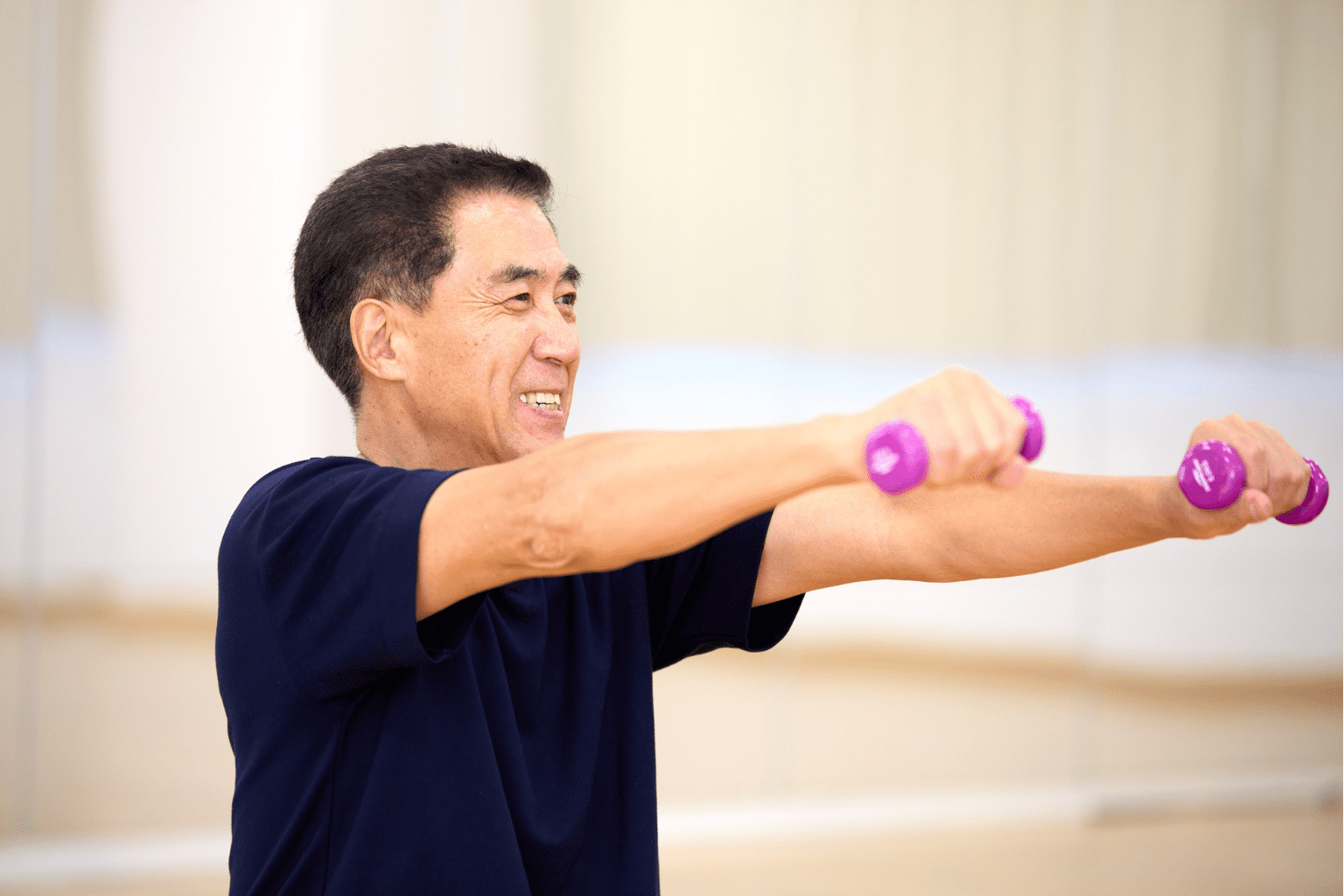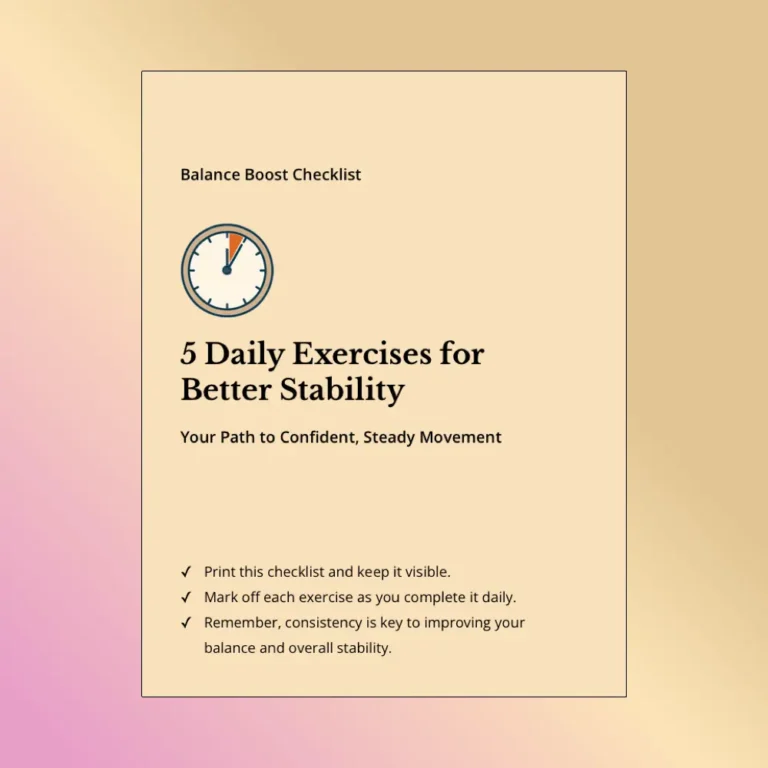
Highlights

As we age, maintaining strong arms becomes a key factor in preserving independence in daily activities. Arm strength doesn’t just help with physical tasks like lifting and reaching; it plays a crucial role in enhancing overall mobility and reducing fall risks. This guide will walk you through effective arm exercises designed for seniors, helping you stay active and confident as you embrace your golden years.
Functional arm training develops strength in ways that directly apply to everyday activities. Instead of focusing on isolated muscles, this approach emphasizes movements that seniors encounter daily, from carrying groceries to lifting grandchildren. This type of training helps maintain and improve arm strength, ensuring you can perform daily tasks with ease and confidence.
Before beginning any new exercise program, it’s important to consult your healthcare professional, especially if you have pre-existing conditions. They can provide personalized advice based on your specific health status and fitness levels to ensure your workout plan is both safe and effective.
Many seniors face challenges such as arthritis or joint pain. Here are some tips to help you work around these issues:
When choosing dumbbells, begin with light weights (1-5 pounds) and gradually increase as your strength improves. The goal is to challenge yourself enough to feel the work without risking injury. You should be able to complete the full set of repetitions with proper form, but the last few reps should feel somewhat challenging. Light dumbbells are ideal for seniors starting a beginner workout.
For those with limited mobility or joint issues, modifications can make exercises more accessible:
Incorporate arm exercises into a weekly fitness schedule. Aim for at least two days a week of upper-body strength training, alternating with cardiovascular and flexibility exercises for a well-rounded approach to health and fitness. Remember that rest days between strength sessions are important; they allow your muscles to recover and grow stronger.
Keeping track of your progress can be motivating and help you see improvements over time. Consider keeping a simple journal of your 10-minute arm workouts, noting the exercises, repetitions, and weights used. Celebrate small wins, whether it’s lifting slightly heavier weights or completing more repetitions than last week.
What are some effective exercises without equipment?
Bodyweight exercises like wall push-ups and arm circles are excellent for building strength without equipment. These can be done anywhere and are perfect for beginners or those who prefer not to use weights. Regular exercise using just your body weight can significantly improve arm and shoulder strength.
How do I start a progressive dumbbell program?
Begin with light weights and focus on proper form. Perform 8-12 repetitions of each exercise, and when this becomes easy, gradually increase the weight. Always prioritize good technique over lifting heavier weights. A physical therapist can provide step-by-step guidance if needed.
What adaptations can I make if I have limitations?
Seated exercises and resistance bands provide effective alternatives that accommodate various mobility limitations. You can also reduce the range of motion for certain exercises or use modified versions that put less stress on problem areas. These exercises are gentle enough for most seniors with joint concerns.
Real-life examples can inspire action. Consider the story of Mary, a 68-year-old grandmother who incorporated these exercises into her routine. Within weeks, she found herself able to lift her grandchildren with ease, transforming her daily life and boosting her confidence.
Another example is Robert, 75, who started with simple wall push-ups and progressed to using 5-pound dumbbells over three months. He noticed a significant improvement in his ability to carry groceries and work in his garden without fatigue or pain.
Stories like these remind us that commitment to fitness can lead to remarkable improvements in independence and quality of life, regardless of age. Stronger arms and improved overall fitness can dramatically enhance your daily experiences.
As you begin your journey to improved arm strength, remember that every effort counts. Whether it’s a wall push-up or a seated curl, each exercise brings you one step closer to a more independent, active lifestyle.
Watch this helpful demonstration from Fitness World on YouTube that shows proper technique for senior-friendly arm exercises you can easily do at home.
Arm strength isn’t just about fitness; it’s a pathway to independence. By adding these exercises to your routine, you’re investing in your health, energy, and ability to enjoy life fully. So grab your light weights (or just use your body weight to start), find a comfortable spot, and begin your journey toward toned arms today.
For more information on enhancing your fitness as a senior, check out strength exercises from the NHS or explore effective strength training options for older adults.
Building arm strength as a senior goes beyond just developing muscle; it’s about maintaining your independence and enjoying your life. The exercises outlined in this guide provide a starting point, but the real magic happens when you make them part of your regular exercise program. Start where you are, progress at your own pace, and watch how stronger arms can transform your daily experience.
Remember to be patient with yourself. Muscle mass doesn’t develop overnight, but with consistent effort, you’ll notice improvements in how you feel and what you can do. Whether it’s playing with grandchildren, tending to a garden, or simply carrying groceries with greater ease, the benefits of arm strength extend to countless aspects of daily life.
Many seniors find that working out with a friend or in a group setting adds accountability and makes exercise more enjoyable. Consider inviting a neighbor to join you or look into creating a home gym space for convenient access to equipment. Sharing the journey can make it more sustainable and fun.
Don’t forget that nutrition plays a role in building and maintaining muscle, too. Make sure you’re getting enough protein from sources like lean meats, fish, beans, or dairy to support your muscle development. Staying hydrated is equally important, especially before and after exercise.
As you continue with your arm strength program, you might find yourself inspired to explore other aspects of fitness. Perhaps balance exercises or gentle cardio activities might complement your strength routine. The confidence you gain from improved arm strength often spills over into other areas of physical activity.
In the end, the goal isn’t to lift the heaviest weights or do the most repetitions; it’s about enhancing your quality of life and preserving your ability to do the things you love independently. By taking this step to strengthen your arms, you’re making a powerful choice to invest in your well-being and future. Keep your back straight, keep your core engaged, and stand with your feet hip-width apart during these exercises to lose arm flab and exercise safely.
So take that first step today. Your future self will thank you for the gift of strength, confidence, and independence that comes from consistent, thoughtful exercise. With proper home care and dedication to these best arm exercises for seniors, you’ll be on your way to maintaining your upper-body strength for years to come.
